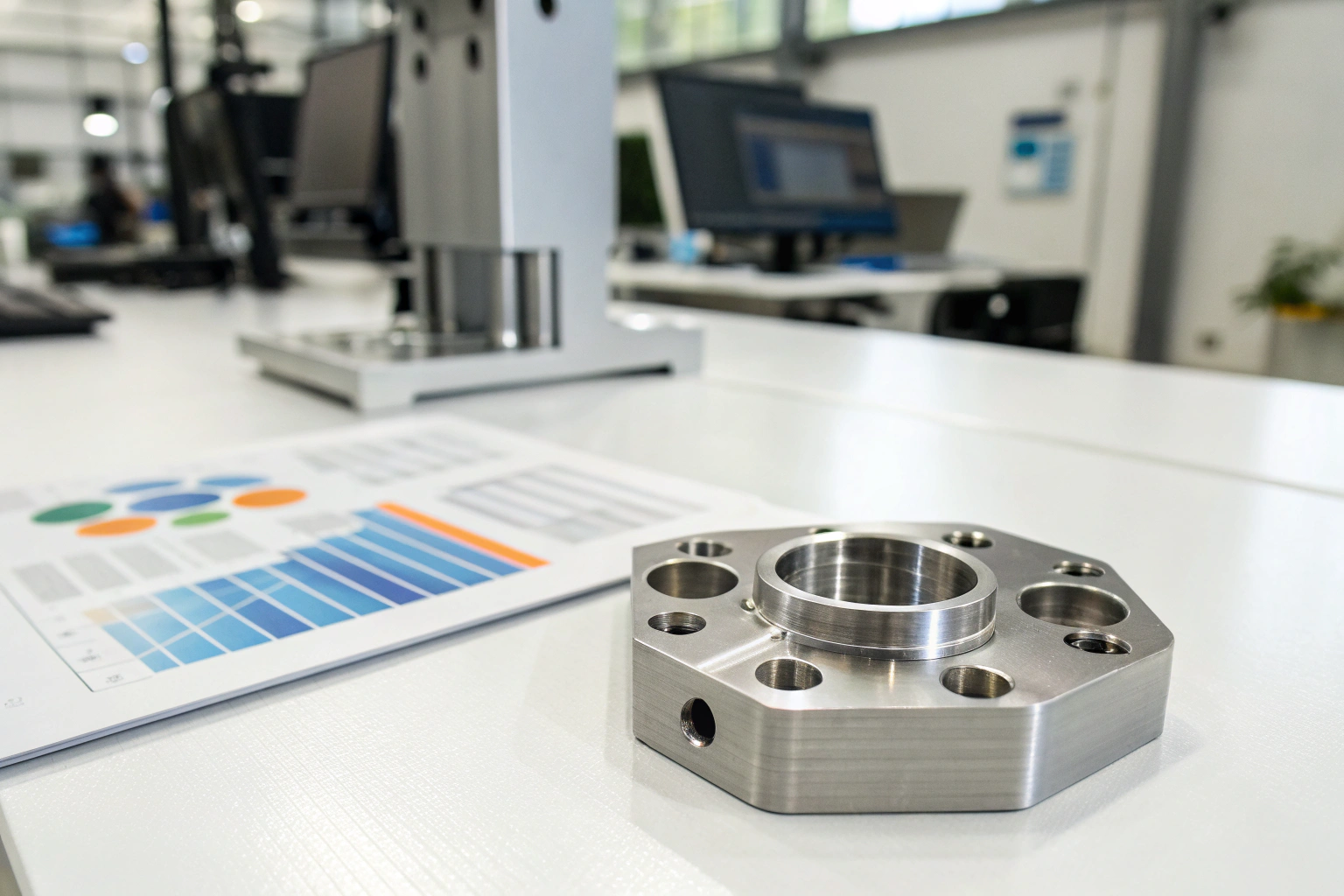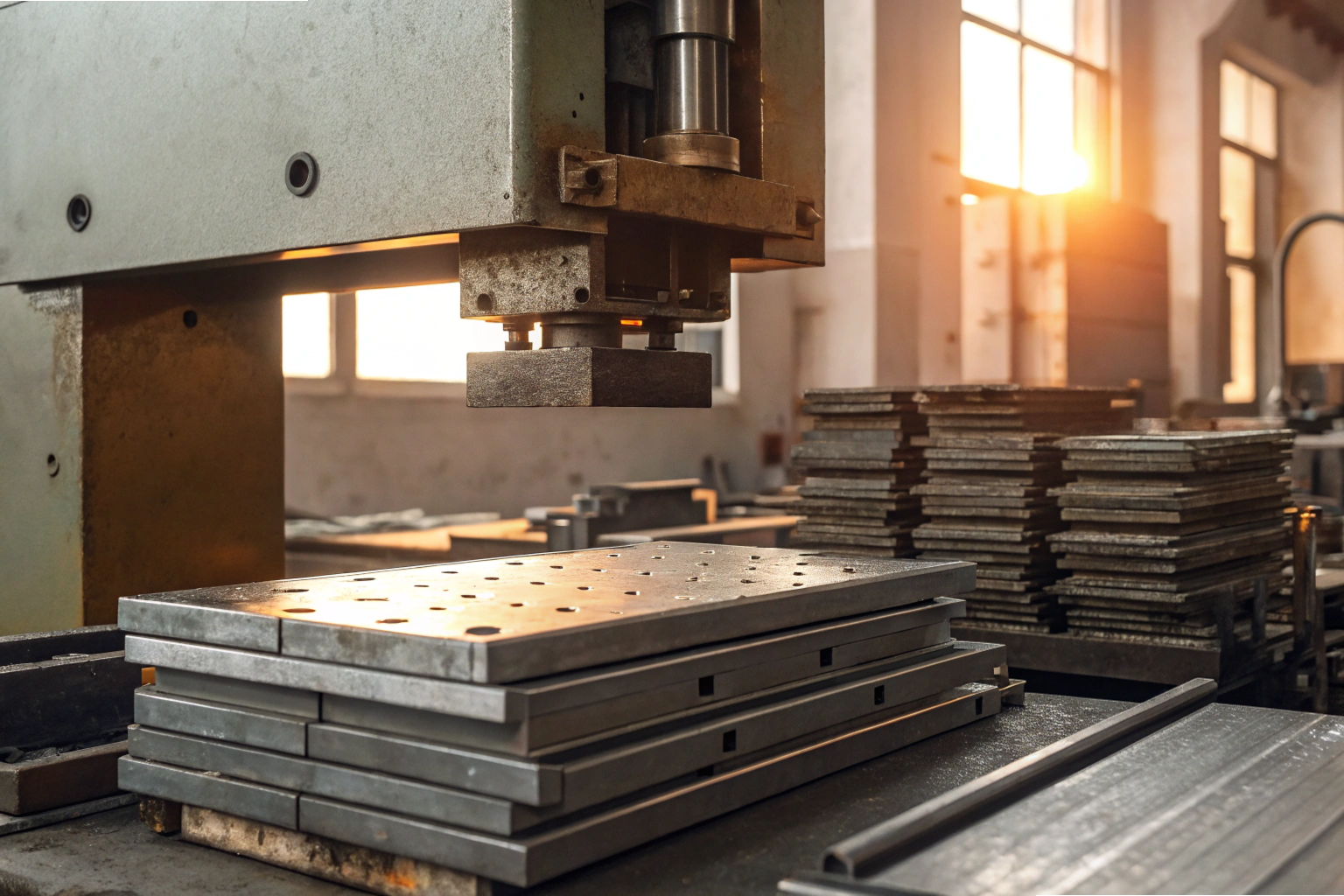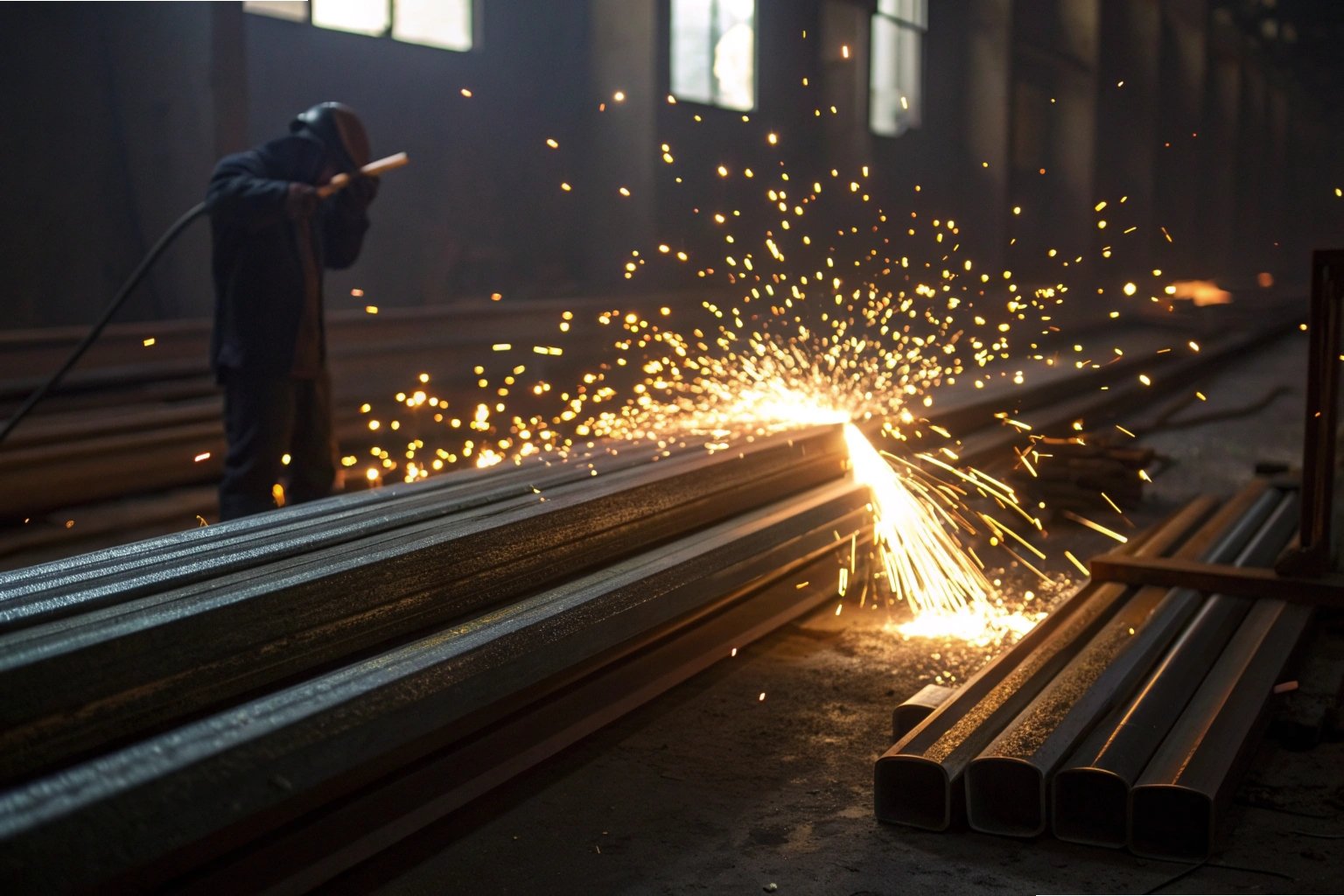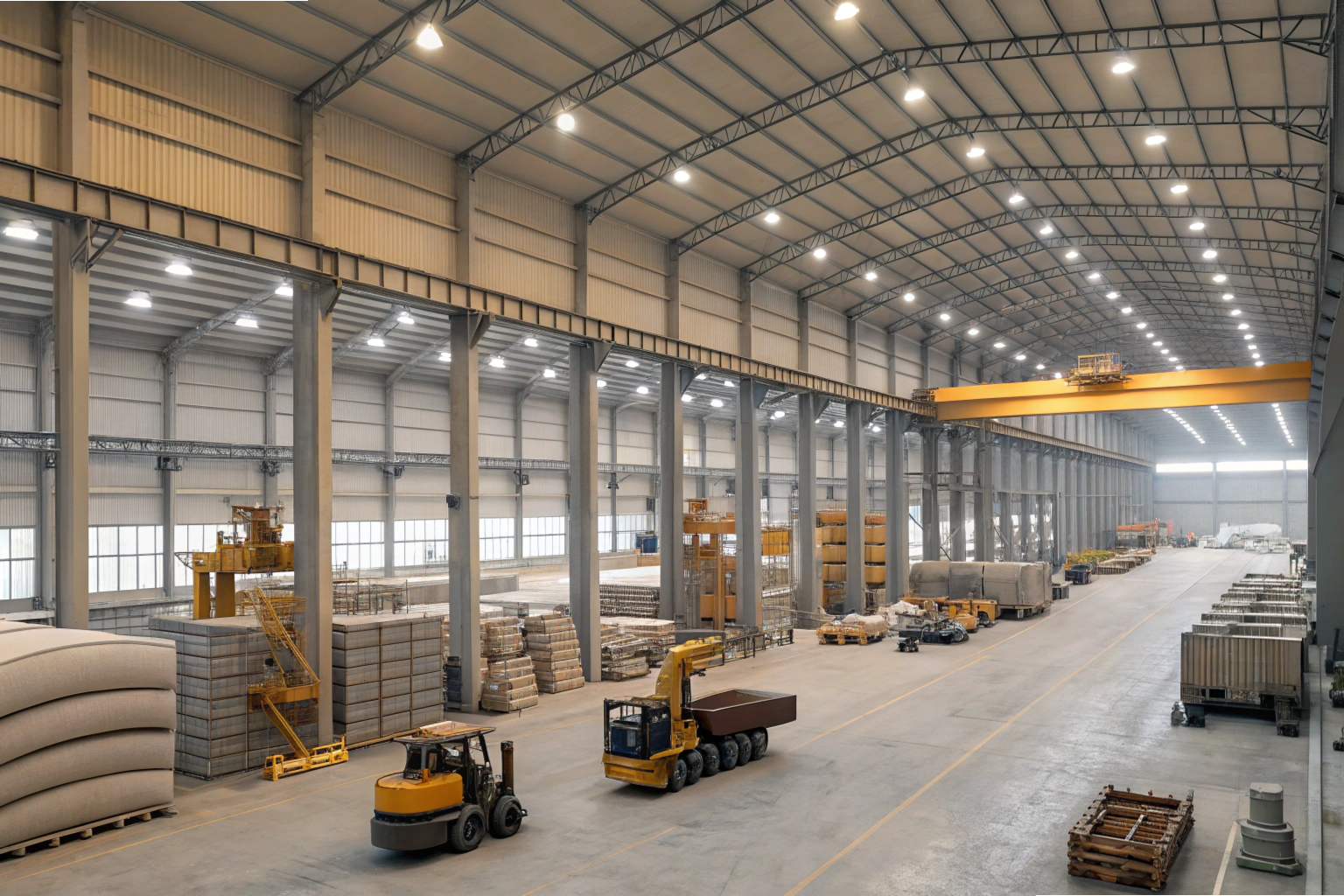
I recently dug into cost-structures for sourcing custom metal parts, and I had that familiar “oh-no” moment when I saw how much raw material can dominate—or be squeezed—within the total landed price.
In short: raw material can range from a very large share to quite a modest one, depending on process, volume, alloy, wastage and labour.
Read on—because the rest of this article will help you decode how that percentage behaves and how you should negotiate with your supplier when sourcing from Vietnam.
How much is material share in total cost?
Raw material often forms 20–50% of total landed cost for custom metal parts, but this can swing dramatically by process type.
I often start with a baseline: raw material cost typically accounts for somewhere between 20 % and 50 % of the total landed cost for custom metal parts from Vietnam (for many job shop/machining or medium complexity parts).
That range reflects: cheaper labour, lower overhead in Vietnam vs. high-wage countries; moderate processing; and a standard alloy.
When processing is light (e.g., simple stamping/fabrication) material share can creep much higher (70 %-90 %). One case study of sheet-metal parts showed raw material = 86 % of direct manufacturing cost.
To compare apples-to-apples, clarify what’s included in total landed cost 1, and how your supplier defines basic vs. extra packing.
If you rely on simple forming, understand sheet-metal stamping cost drivers and scrap rates. 2

Key Cost Scenarios (Table 1)
| Process Type | Estimated Raw Material Share | Notes |
|---|---|---|
| CNC Machining (aluminum) | 15% – 25% | Lower share due to high labor + machine time |
| CNC Machining (steel) | 20% – 35% | More expensive alloy, moderate machining |
| Sheet Metal (simple stamping) | 60% – 90% | High material-to-value ratio |
| Precision machining + coating | 30% – 50% | Engineering cost + finishing inflate total cost |
In short, the more labor or setup is involved, the smaller material’s share becomes.
Does material % vary by alloy?
Yes — the type of alloy can shift material share from minor to dominant within total cost.
Changing the alloy changes the cost structure significantly. Material cost per kg varies widely. High-performance alloys can increase material share unless counterbalanced by complex processing.
For example:
- Aluminum 6061 costs ~$3/kg 3
- Stainless Steel 304 costs ~$4.5/kg 4
- Titanium alloys can cost $20+/kg 5
When the same shape is made from a pricier material, even if everything else remains the same, raw material will take up a bigger slice of the cost pie.

Cost Impact by Material Type (Table 2)
| Material Type | Cost per Kg (approx.) | Typical Raw Material Share | Comments |
|---|---|---|---|
| Mild Steel | $0.8 – $1.2 | 20% – 40% | Common, low-cost alloy |
| Aluminum 6061 | $2.5 – $3.5 | 20% – 50% | Popular in machining |
| Stainless Steel 304 | $4 – $5 | 30% – 60% | Higher strength, more wastage |
| Titanium | $15 – $30 | 40% – 70% | Expensive, often low yield |
Key takeaway: Material share rises with alloy cost unless processing grows in proportion.
How do processing & labour affect raw material ratio?
As labor and complexity rise, material share naturally shrinks within total cost.
The more time and labor go into the part, the smaller share material takes in the final price. CNC machining, surface finishing, painting, and multi-step assemblies increase processing cost.

For quoting, review CNC machining cost factors 6 and your required surface finishing processes 7; both can shift the ratio dramatically.
Cost Structure Comparison (Table 3)
| Component | Low Complexity Part | Medium Complexity | High Complexity |
|---|---|---|---|
| Raw Material | 70% – 90% | 40% – 60% | 25% – 40% |
| Machining/Processing | 5% – 15% | 20% – 30% | 30% – 45% |
| Tooling & Setup | 2% – 5% | 5% – 10% | 10% – 15% |
| Inspection & Logistics | 3% – 10% | 5% – 10% | 10% – 20% |
When you see non-recurring charges, confirm definitions of tooling and setup in the quote. 8
Can volume discount change raw material % too?
Yes — as volumes grow, raw material takes a bigger share of total cost while fixed expenses shrink.
Higher quantities spread setup and tooling costs across more units, changing cost structure significantly.
For example:
- A one-off prototype might show raw material as 20% of cost.
- A batch of 10,000 parts could push material up to 50%–60% of cost.

This is classic economies of scale at work—material stays constant per part while overheads shrink. 9
Conclusion
Material share in Vietnam-made custom metal parts depends on process, alloy, complexity, and batch size.
To negotiate well, request a transparent should-cost breakdown from suppliers and track changes over time. 10
Footnotes
1. What “landed cost” includes for accurate comparisons. ↩︎
2. Basics of sheet-metal stamping and its cost drivers. ↩︎
3. 6061 aluminum overview, uses, and properties. ↩︎
4. 304 stainless steel background and composition. ↩︎
5. Titanium alloy families and typical applications. ↩︎
6. Common CNC machining cost factors and examples. ↩︎
7. Overview of surface finishing processes and effects. ↩︎
8. What “tooling” means and why it matters in quotes. ↩︎
9. Economies of scale and impact on unit costs. ↩︎
10. Should-cost analysis guide to request breakdowns. ↩︎

